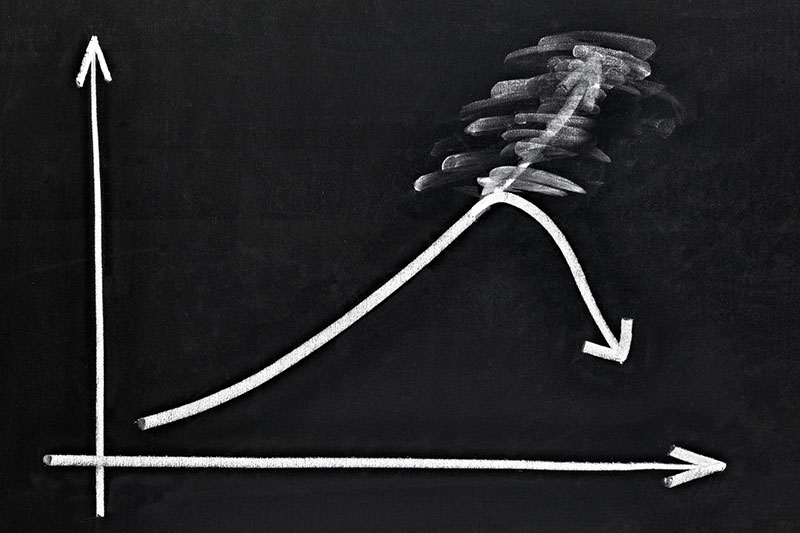There has been a massive decline in the numbers of people getting benefit from the Supplemental Nutrition Assistance Program – SNAP. SNAP, also known as the food stamps, has gone massively with a staggering 2 million individuals not receiving the benefits in the fiscal year 2017. The statistics were released in a report by the Department of Agriculture.
The fiscal year 2016, recorded 44,219,363 people receiving the benefits from the food stamps, in 2017 the number saw a huge decline as it now stands at a lowest of 42,182,443 – indicating that almost 2,036,920 people stopped using the benefits from the program.
The participation of individuals in the food stamps has seen a rough 9 percent drop in the past four years. As per the statistical data for the year 2014, there were 46,663,872 individuals receiving benefits from the program.
The historical data has shown that the program has seen a great deal of expansion ever since its inception, however, it has been experiencing a decline in terms of participation. Since 1969, the SNAP participants and their numbers are being monitored by the USDA. During this time, the total participants accounted for an average of 2,878,000. This shows an increase in the program, which grows 14 times its original size.
The history of the participation of the individuals in the SNAP program also shared that the most participants were involved in 2013 with the numbers reaching as high as 47,636,000 individuals receiving the benefits.
However, as of the year 2017, the SNAP Program costs around $58 billion in taxpayer’s money and the individuals involved with the program receive a benefit that averages a monthly $125.05, while the households receive benefits that total to a monthly $252.55. The total numbers of the households receiving benefits of the SNAP Program have also seen a huge decline in the numbers going down from the fiscal year 2016’s 21,777,983 to 2017’s 20,886,012 households.
The agency running the SNAP program, last year, issued new guidelines to the state employees allowing the private sector to provide information to benefit from the program, previously, only the state employees needed to certify the households for the benefits.
“The new policy maximizes flexibility within the law related to the SNAP certification process, while holding states accountable for ensuring eligible people have access to food benefits as they move toward self-sufficiency,” the agency stated.
The Secretary of Agriculture Sonny Perdue further added that the new guideline would help the program to be more streamlined and efficient.
“This flexibility is a positive step toward enhancing customer service and being good stewards of taxpayer dollars,” Perdue said stated. “I encourage all states with an interest in this new flexibility to consider this change in policy, especially states looking for better ways to align their operations across multiple programs.”























